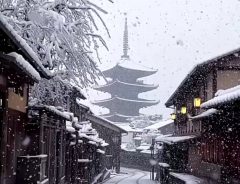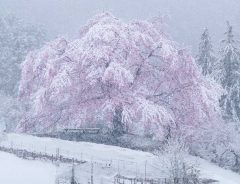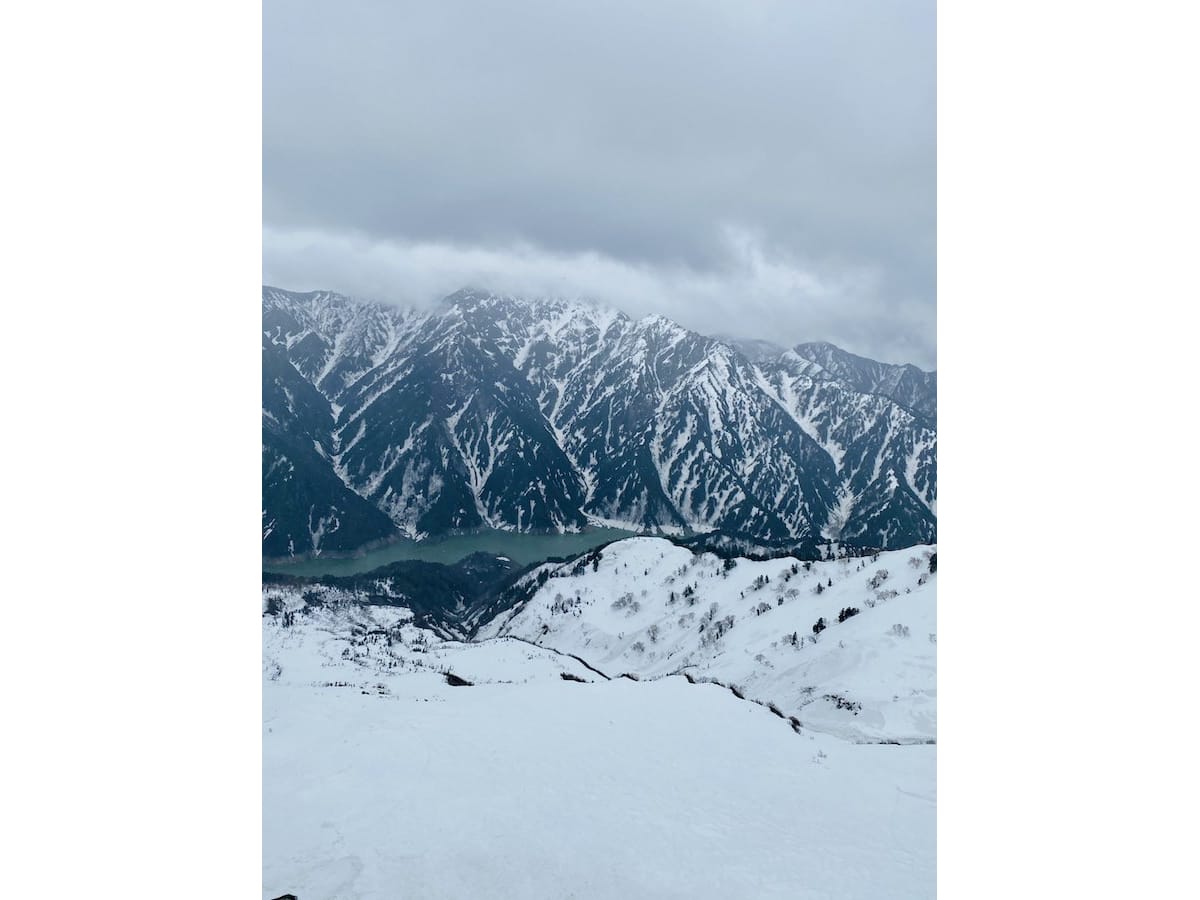- Tags:
- Japan Alps / Snow / snow country / Tateyama Kurobe Alpine Route
Related Article
-

Gorgeous Snow Crystal Museum closed due to pandemic could reopen if you spread the word
-

Heavy snowfall in Japan turns drink vending machine into gacha capsule toy machine
-

Reverse video of snowfall in snow-covered Kyoto gives the area a whole new layer of beauty
-

Snow-covered cherry blossom flowers provide a serene way to capture the sakura season
-

Spectacular! A Bulldog Slides At Full Speed On Snow!
-

Hokkaido Now Has a ‘Cloud Walk’ in its Snowy Mountains



With temperatures steadily climbing in lowland Japan, it's worth bearing in mind that the Japan Alps offer a welcome break from the heat of late spring and summer. The Tateyama Kurobe Alpine (pronounced “Alpen”) Route (立山黒部アルペンルート tateyama kurobe arupen rūto) is 37 kilometres (23 mi) long and passes under the peak of Mt. Tateyama, which is 3015 metres high.
The route runs between Tateyama, Toyama in Toyama prefecture and Ōmachi in Nagano prefecture, an area known as the “Roof of Japan", with an elevation change of 2400 meters from Toyama Prefecture to Nagano Prefecture.
Photo by George Lloyd
The Tateyama Kurobe Alpine Route is best known for the majestic snow corridor around its highest sections in Midagahara 弥陀ヶ原 and Murodō 室堂. When spring comes, snow ploughs carve through the snow, creating a corridor. The walls of snow on either side of the road can reach up to 20 meters high. The sight of blue skies and the white snow-capped peaks visible between the walls of snow is spectacular.
A section of the snow corridor around Murodō is usually open to pedestrians between mid-April and late June. Even in late June, the walls are still over 10 meters high. There are fewer visitors at the end of the season, and the weather tends to be warmer and more predictable. After June the walls of snow become shorter, but some snow remains even in August.
Photo by George Lloyd
You will be impressed by the variety of scenery that can be seen on the Tateyama Kurobe Alpine Route. From Murodō, visitors can visit Kurobe Dam 黒部ダム, which at 186 meters (610 feet), is the tallest dam in Japan.
On the lower slopes, walking paths meander through Bijodaira 美女平, a virgin forest of beech and Tateyama cedar. With over 60 species of bird identified, Bijodaira is a Mecca for bird watchers, and it's also a prime spot for forest bathing. Some of the cedars are 20-30 meters high, with a circumference around their trunks of 6-10 meters. The oldest of them are thought to be more than 1000 years old. Bijodaira forest is named after the gigantic Beautiful Woman cedar (美女杉 bijosugi ).
All of the biggest cedar trees in this forest have interesting names. Keep an eye out for the Welcome cedar, Child-raising cedar, Nursing Mother cedar, Lifetime cedar, and the Ageless cedar.
Photo by George Lloyd
Another place worth visiting on the Tateyama Kurobe Alpine Route is Midagahara, one of the largest alpine wetlands in Japan, lying at an altitude of 1900 meters. A boardwalk allows you to walk through the vast wetland area, and enjoy the pretty ponds, panoramic views and abundance of alpine plants. The wetlands are renowned for the variety of alpine plants that grow there, and in 2012, were registered in the Ramsar Convention as one of the world’s most valuable wetlands. An observation deck gives you spectacular views over a caldera that was formed by volcanic activity 200,000 years ago.
Aboard the Tateyama tunnel trolley bus, which carries visitors under the peak of Mt. Tateyama. | Photo by George Lloyd
If you're feeling energetic, you can walk the entire Alpine Route from Toyama to Nagano in a single day, but most visitors opt to go on four wheels. Because the section of the Alpine Route between Tateyama Station and Ōgizawa 扇沢 is closed to private vehicles, you're advised to follow the crowds, and use a variety of vehicles, including bus, ropeway, trolley bus and cable car.
The Tateyama Alpine Route is only open in the warmer months of the year, which is to say between April 15th and November 30th. It is completely inaccessible from December to mid-April.
For suggestions of where to go in the cedar forest, see this handy Walking Courses guide here.